Pictured: Allen’s hummingbird. Credit: Charles Hood.
(Charles Hood) This special place is an urban oasis, as we all know subjectively, but that can be shown with quantitative data too, if, for example, we look at the resident and migrant hummingbirds.
Six species show up here during the birding year, and in alphabetical order, they are the Allen’s, Anna’s, black-chinned, calliope, Costa’s, and rufous hummingbirds. (Some bird books would capitalize all of those names, making it “Rufous Hummingbird.”) We are blessed by this abundance. Los Angeles may not be a rainforest, but it sure has a lot of birds. In the Eastern US, there is only one hummingbird species (the ruby-throated), and Africa has none at all—all 350 species of hummingbirds are found only in the New World.
Pictured: (top) Allen’s hummingbird (bottom) Anna’s hummingbird. Credit: Charles Hood.
Anna’s and Allen’s are the two we expect here, and both are year-round residents. They are easy to tell apart. Allen’s hummingbird always shows a trace of cinnamon somewhere on the back or sides, even when immature. With males, that color becomes extensive, with lots of copper-red tones all over (except the green mid-back) and a small but vivid throat patch, reddish-orange.
An Anna’s hummingbird is green on the back, pale gray underneath, and adult males have a large magenta throat patch, called the gorget. Usually pronounced “gore-jet,” this term referred originally to a knight’s metal “cravat,” the armor plate fitted between helmet and chest plate. When it catches the light, the gorget on an Anna’s seems so bright it looks lit from within.
Linguists and cultural historians might notice a discrepancy with the names. The Allen’s uses a man’s last name, that of Charles Andrew Allen, a nineteenth-century naturalist. Allen shot one of these in Marin County in 1877 and sold it to a collection in the East. It was named in his honor—he was the first to recognize it as special, except of course he wasn’t. Native Americans had known about it for 10,000 years or more.
Pictured: Anna’s hummingbird. Credit: Charles Hood.
“Anna’s” uses a woman’s first name; the “Anna” in question being Anna Masséna, also known as Princess d’Elling and also as the Duchess of Rivoli. It was named after her since her husband had funded the expedition that collected the first one. She never saw one alive or had anything to do with it. How she felt about having her name stuck on a dead bird is not recorded.
The common names of North American birds may change soon. In keeping the old labels, one argument being made now is that they perpetuate stereotypes. If you have ever seen a wedding in an old movie, the pastor used to say, “I now pronounce you man and wife.” The groom’s status did not change—he began as a man and he ended as a man. But the woman’s status did change: she was now an owned thing, a labeled thing: she was now a “wife.” She had no gender, just an expected social role. Most recent ceremonies have fixed that glitch, but with bird names, the argument is that there sure are a lot of dead white guys being promoted here, and if a woman appears, it is first name only. That reflects a cultural bias. There are no North American birds named after people of color—or at least not yet, anyway. Things may change.
In ten years the hummingbirds will still be here. Their names, however, may have changed. We never see nature “as” nature; we always see it through the filter of language. We can change that language, if we decide there are good reasons to do so. Stay tuned—changes may be coming, even to a timeless oasis like Arlington Garden.
***
Charles Hood is the author of twenty books, including Wild LA, A Californian’s Guide to the Birds Among Us, and Nocturnalia, which is a celebration of nature after dark.

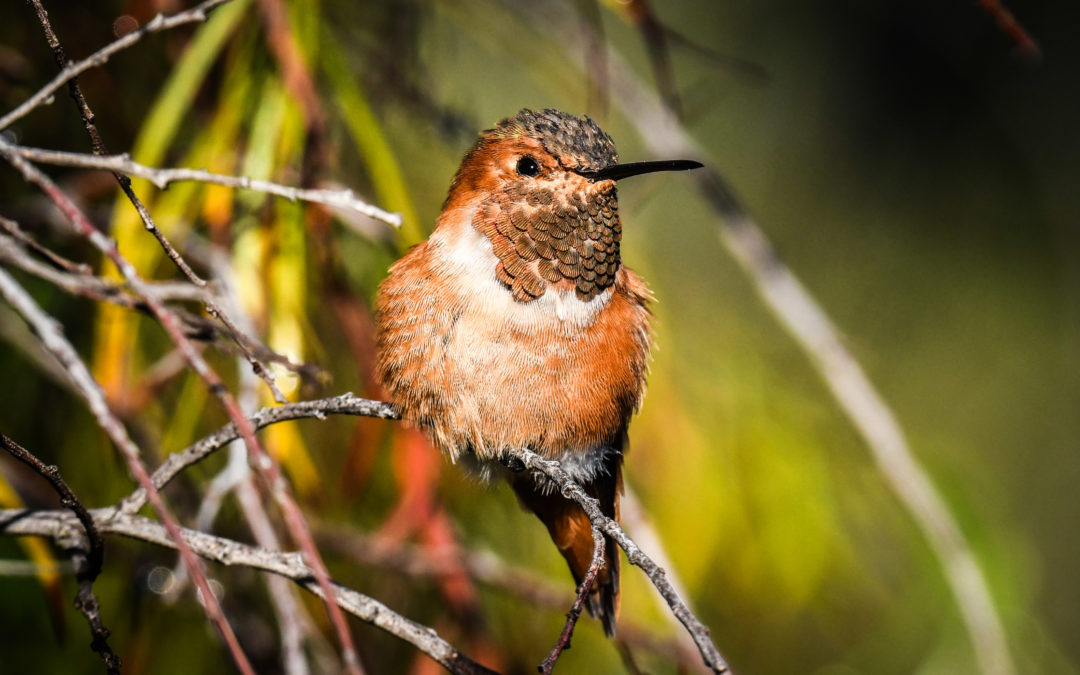
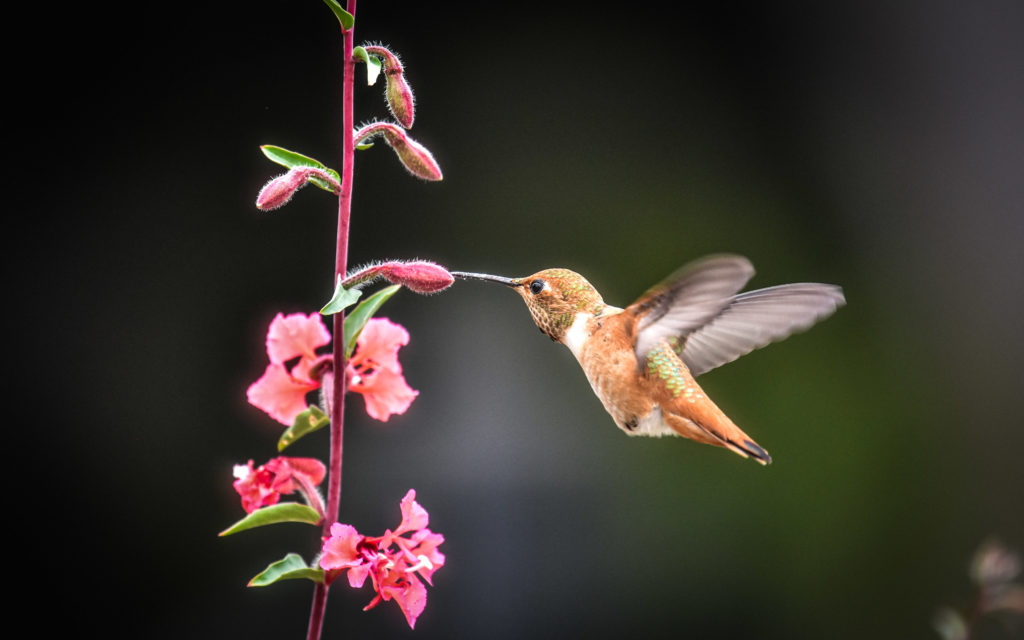
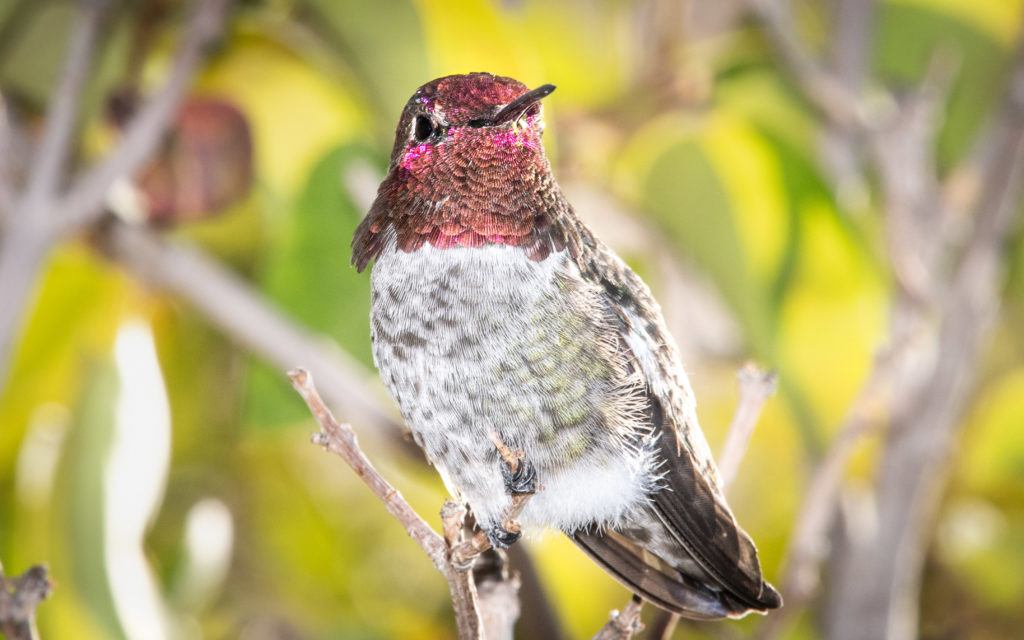
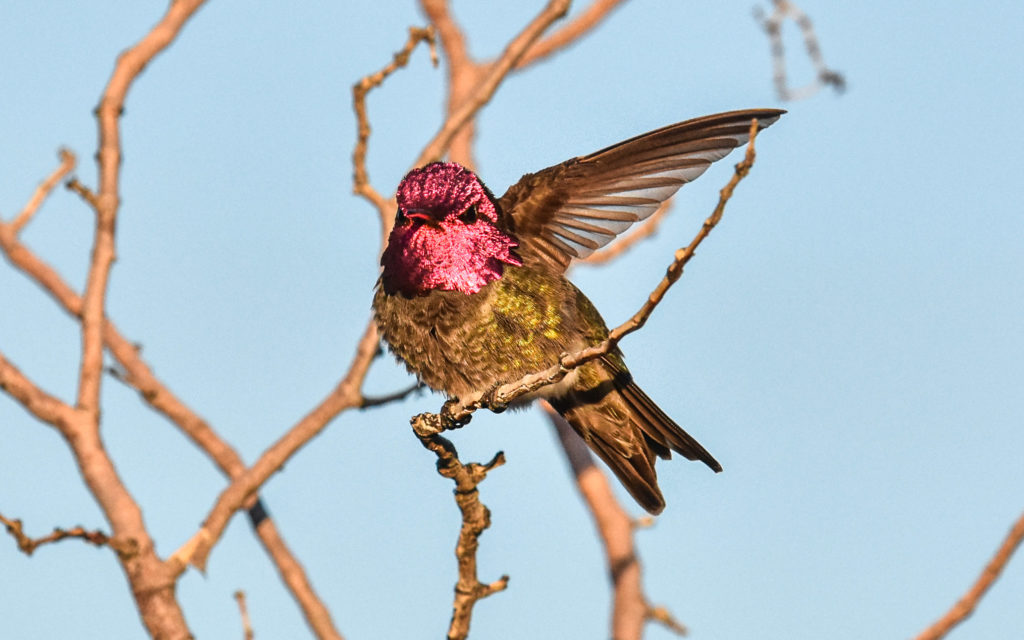

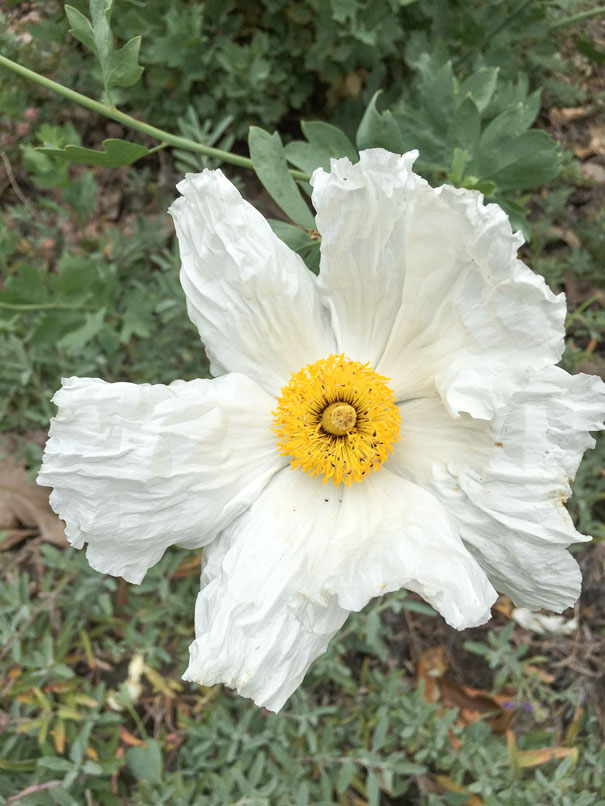
Recent Comments